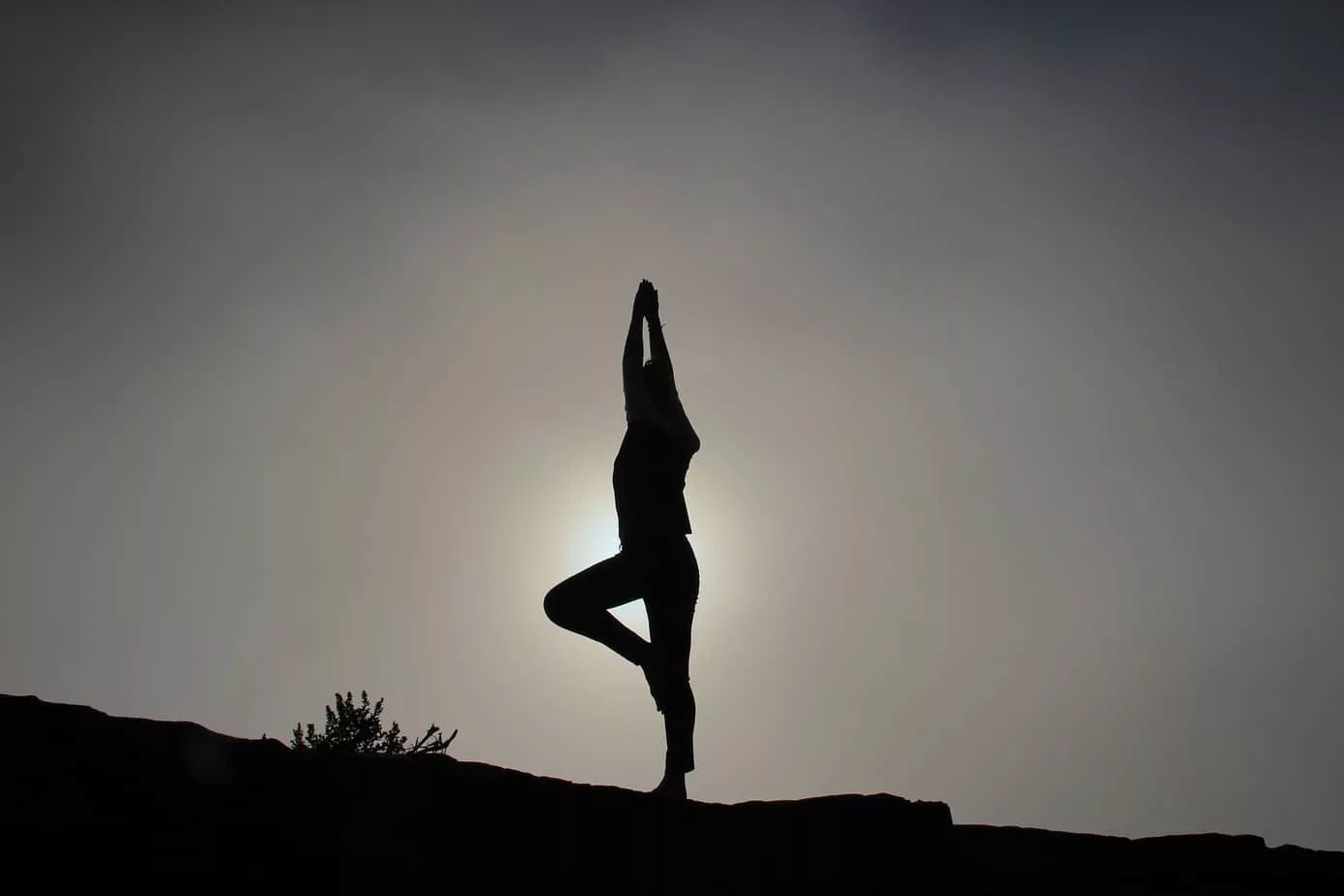Asymmetry between limbs: Does it really matter?
Your weekly research review
- Background & Objective
- What They Did
- What They Found
- Practical Takeaways
- Reviewer’s Comments
- About the Reviewer
- Comments

Background & Objective
The purpose of this review was to examine the effects of inter-limb asymmetries (i.e. differences between limbs) and their impact on physical (e.g. running and jumping) and sport-specific performance (e.g. swimming, kicking, and cycling).
What They Did
In a classic systematic review fashion, the researchers conducted a preliminary search of Medline and SPORT Discus in order to locate published articles related to inter-limb asymmetries and physical performance. After the filtration process, 18 studies met the inclusion-exclusion criteria and were included in this review.
What They Found
The results from this review suggest that inter-limb asymmetries in strength may be detrimental to jumping, kicking and cycling performance. Given the lack of available evidence, it is unclear whether jumping-based asymmetries have any effect on change of direction speed. Again, when assessing other elements such as anthropometry (e.g. muscle size), sprint speed, and dynamic balance, the results from various different studies are very mixed.
Further research, including randomised control trials – whereby training interventions which focus on increasing asymmetries or decreasing asymmetries and their effects on performance are administered – should be a focal point for improving our understanding of this topic.
Practical Takeaways
Current arbitrary guidelines for between-limb performances are often thought to ideally be less than 10% of one another. For example, if an athlete jumps 40cm in a single-leg countermovement jump, but only 32cm using their left leg, this would indicate an inter-limb asymmetry of 80% (32 / 40 * 100 = 80). So, the question here would be: should we attempt to reduce this asymmetry?
Some studies have shown that kicking accuracy and resultant ball speed is negatively affected by larger asymmetries, suggesting that reducing the asymmetry ‘may’ improve kicking performance. However, in my opinion, attempting to measure a complex skill such as kicking a ball and relating it to limb strength is always going to be problematic. Athletes are often better at kicking with their dominant leg due to several neurophysiological adaptations/skills which are specific to that movement (e.g. intra-musculature coordination and the magnitude and direction of force production). So to me, a score on a balance, or strength test, will have little validity with kicking a ball.
With regards to return to play parameters (e.g. ACL rehabilitation), I believe the context is very different, and I would most certainly be looking for a base level of symmetry in things such as balance, strength and power. And although there is minimal research supporting it, I believe symmetry of less than 10% is an acceptable range, in most cases.
Reviewer’s Comments
“Although the findings of this study were not particularly sexy, it does provide you with a clear understanding of what we currently know, and don’t know, about inter-limb asymmetries. For example, it’s not uncommon for a rugby strength and conditioning coach to determine jump performances of both the right and left leg. If the coach observes a significant right vs. left leg difference (i.e. inter -limb asymmetry), do they concern themselves about reducing this asymmetry? And if so, what is an ‘acceptable’ level of asymmetry (e.g. <10% or >< 20%)?
Well, that was the exact aim of this review paper, and the results really are a back-andforth debate with no clear answer, at least for now. In certain circumstances, for example, ACL rehabilitation, I personally see great merit in gaining as much symmetry as possible for some basic parameters (e.g. isokinetic strength, balance, and power). For example, if an athlete can’t perform simple tasks such as a Y-Balance test with an acceptable degree of symmetry, what sort of risk are they at if they’re required to perform a highlycoordinated task – combining both speed and force – such as jumping and landing on one leg?”
Want to learn more?
Then check these out…
Watch this video
Read this article
The full study can be read here.
Want more research reviews like this?
Every coach understands the importance of staying up-to-date with the latest sports performance research like this, but none have the time, energy, or even enjoys spending hours upon hours searching through PubMed and other academic journals. Instead, your precious time is better-spent coaching, programming, and managing all the other more important aspects of your job.
The solution…
The Performance Digest
The Performance Digest is a monthly summary of the latest sports performance research reviewed by our team of hand-selected experts. We sift through the 1,000+ studies published in the realms of sports performance every, single month and review only those which are important to you. Each monthly issues contains 19 research reviews in all of the following disciplines:
This comprehensive topic base ensures you’re constantly expanding your knowledge and accelerating your career as quickly as humanly possible. The reviews are also hyper-focused, 1-page summaries, meaning there’s no jargon or wasted time. We cut right to the chase and tell you what you need to know so you can get back to coaching.
Join the thousands of other coaches who read it every, single month. Click here to grab your FREE copy…

